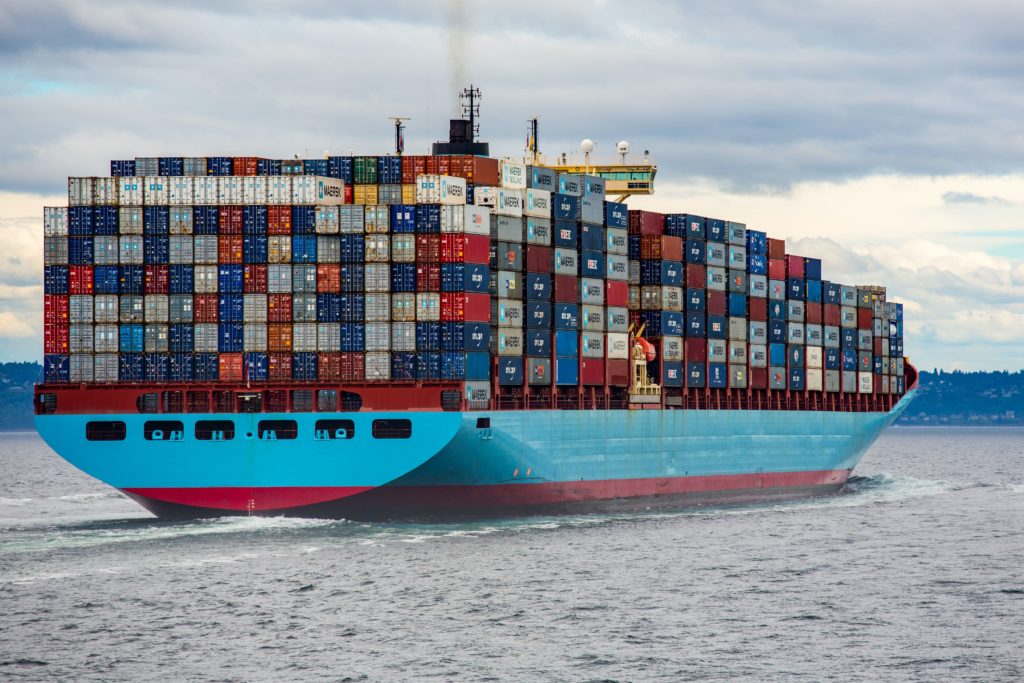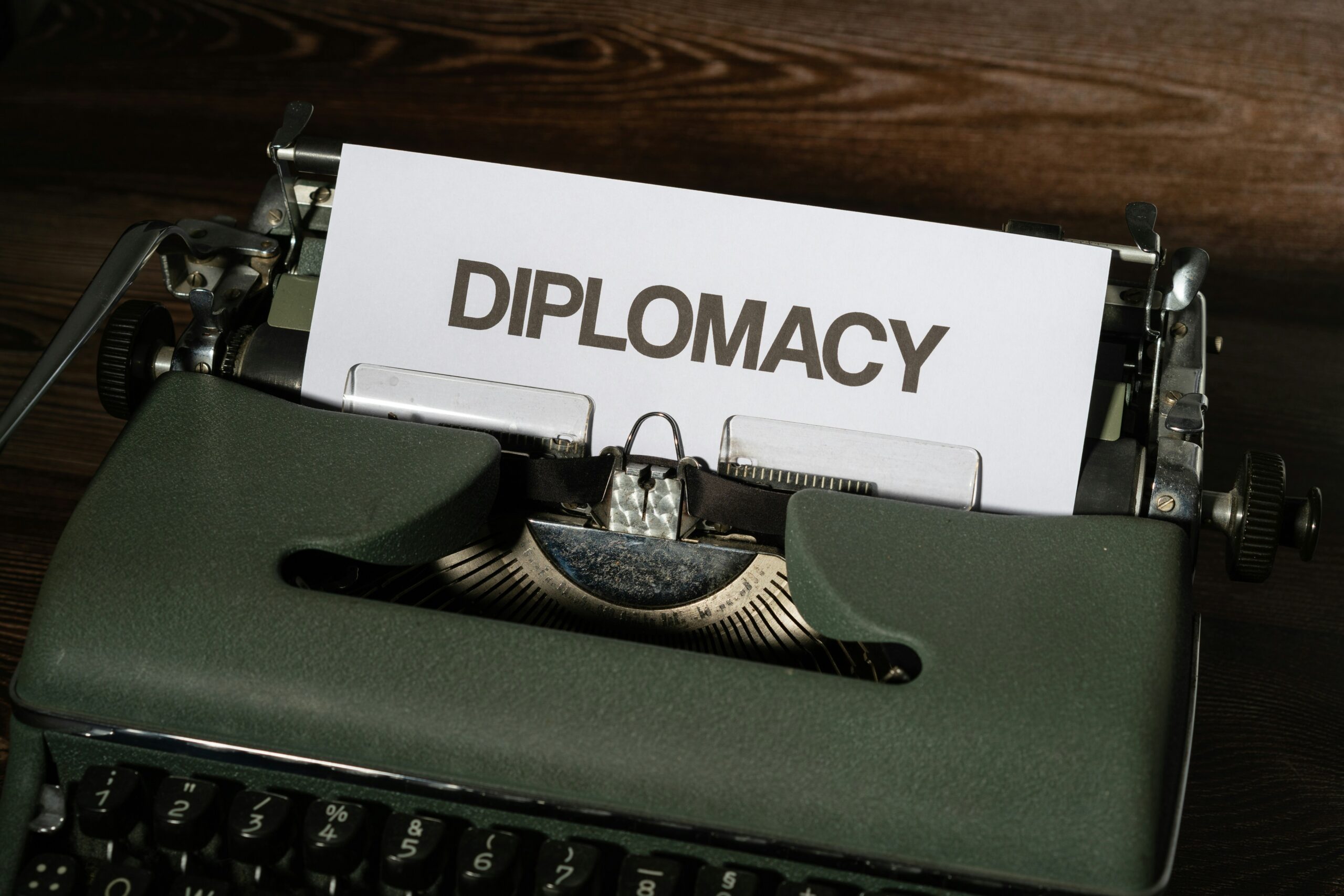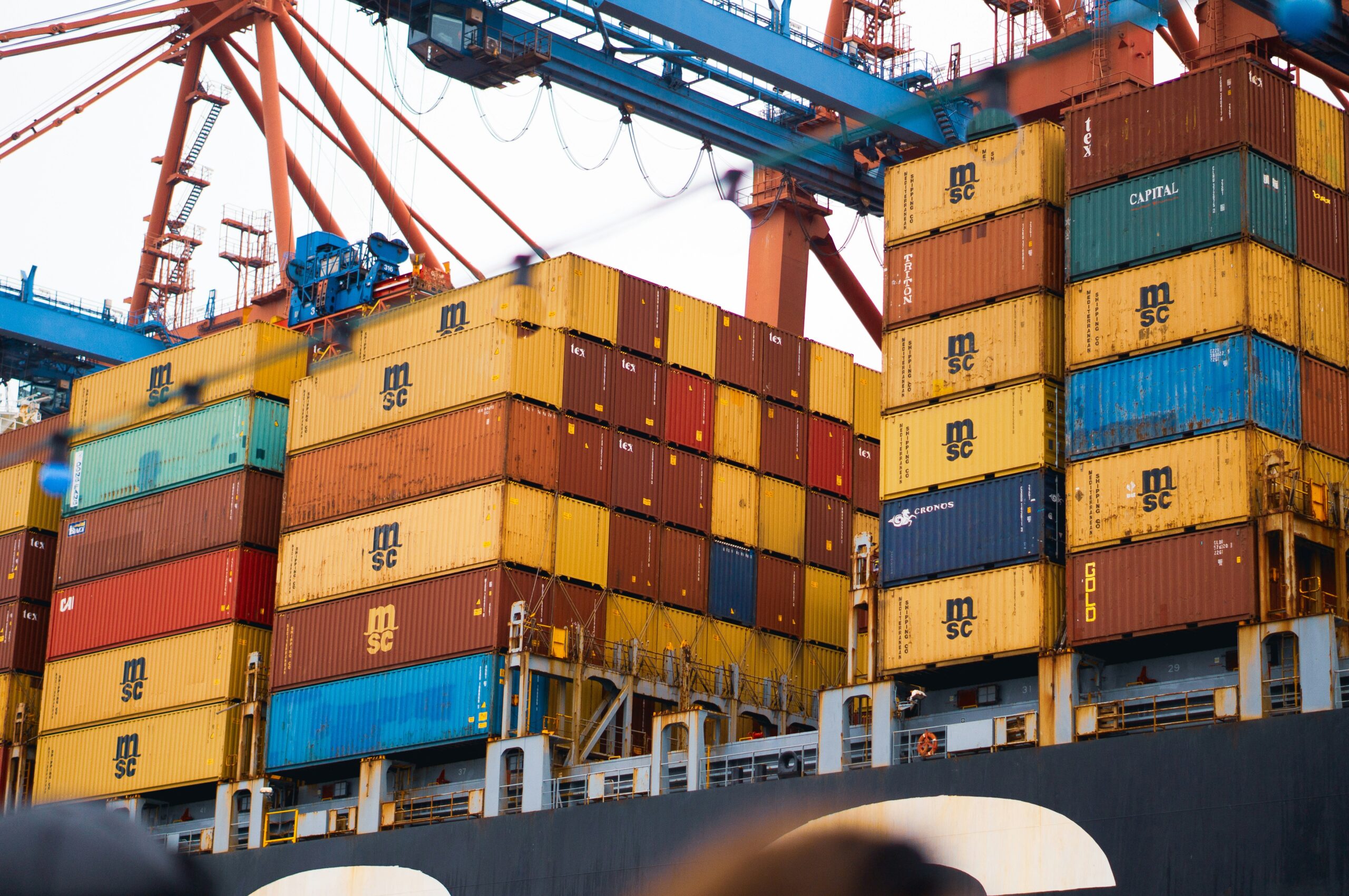The historic Trade Facilitation Agreement (TFA) was finalized by WTO members at the 2013 Bali Ministerial Conference. It came into effect on February 22, 2017, and was ratified by two-thirds of the organization’s members. The TFA includes clauses that speed up the release, transportation, and clearance of products, including those that are in transit. Additionally, it lays out strategies for effective coordination between customs and other relevant authorities on matters of trade facilitation and customs compliance. Additionally, it includes clauses that address capacity-building and technical support in this area. Only WTO members who have adopted it are subject to the Trade Facilitation Agreement. The TFA will become effective upon acceptance by each member who does so once it enters into force.

Purpose
The enormous amount of “red tape” involved in transferring goods across borders has repeatedly been brought up by traders from both developing and rich nations. Members of the WTO created the Trade Facilitation Agreement to address this (TFA). Efforts to facilitate trade by streamlining paperwork, upgrading processes, and coordinating customs rules can reduce the price and time associated with exporting and importing commodities. This is crucial because, according to 2015 research by WTO economists, trade costs can be as high as a 219% tariff equivalent in developing countries and a 134% ad valorem tariff equivalent on a commodity in high-income nations. Thus, time and cost savings in trade might mean the difference between a nation easily joining an integrated global manufacturing chain and being left out of a significant portion of global trade. Additionally, amid a global trade downturn, streamlining trade procedures might give the world economy and international trade a vital boost.
Trade Facilitation Agreement Facility (TFAF)
To guarantee that poor and least-developed nations receive the support required to fully benefit from the TFA, a Trade Facilitation Agreement Facility (TFAF) was established at their request. It was also established to support the eventual objective of full implementation of the new agreement by all WTO members
Benefits of the TFA
According to estimates, the TFA’s full implementation could increase global trade by up to $1 trillion annually and lower trade costs by an average of 14.3%, with the poorest nations standing to benefit the most. For the first time in WTO history, a country’s capacity to implement the Agreement determines whether it must implement it. The average time needed to import and export has been found to potentially decrease by 91 percent and 47 percent, respectively, with full implementation. The TFA is anticipated to increase exports from current traders while also enabling new businesses to export for the first time by reducing the time and cost burdens. Additionally, throughout 2015–2030, the TFA is anticipated to boost global export growth by up to 2.7 percent annually and global GDP growth by more than 0.5 percent annually. The rapid and complete implementation of the TFA is predicted to increase exports by 3.5 percent annually and raise economic growth by 0.9 percent annually in developing nations, which are anticipated to benefit more than the average country in the world. The emerging and least-developed countries are expected to get two-thirds of all benefits.
Strengthening capacity and providing technical support
The World Bank, the World Customs Organization, and the United Nations Conference on Trade and Development (UNCTAD) are just a few of the intergovernmental institutions that offer technical help for trade facilitation. The WTO announced the opening of the Trade Facilitation Agreement Facility in July 2014, which helps poor and least-developed nations execute the TFA. On November 27, 2014, the Trade Facilitation Protocol was adopted, marking the beginning of the Facility’s operating phase.
Committee for facilitating trade
The TFA calls for the creation of a Committee on Trade Facilitation to conduct recurring evaluations of the TFA’s operation and execution. When the Trade Facilitation Agreement (TFA) went into effect on February 22, 2017, the Trade Facilitation Committee was established. On May 16, 2017, the Committee conducted its first meeting and chose Ambassador Daniel BLOCKERT (Sweden) as its first chair. Ambassador Adamu Mohammed ABDULHAMID is the chairperson at the moment (Nigeria).
Implementation
Developed nations have agreed to implement the TFA’s core provisions as soon as it goes into effect. While waiting for the TFA to enter into force, developing nations and least-developed nations (LDCs) will only apply those TFA substantive provisions to which they have indicated they can do so. LDCs received an additional year to do this. These obligations are detailed in the Category A notices that were submitted. The provisions listed in Category B notifications from developing nations and LDCs are those that the WTO member will put into effect following the TFA’s entrance into force after a transitional period. Category C notifications include clauses that a developing nation or least developed country (LDC) specifies for implementation on a date following a transition period.



